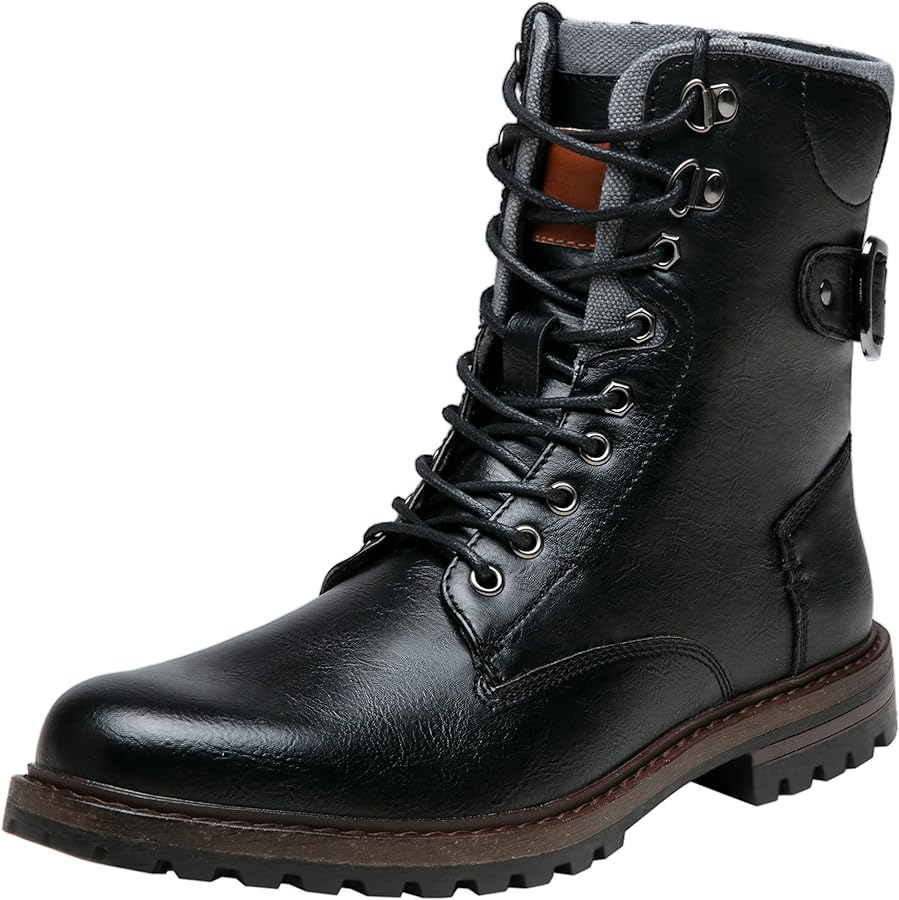Introduction
Motorcycle boots often come with a higher price tag compared to regular boots. This can lead to questions about why motorcycle boots are more expensive. In this comprehensive guide, we will explore the various factors that contribute to the higher cost of motorcycle boots. By examining materials, specialized features, manufacturing processes, and brand reputation, we aim to provide a better understanding of the reasons behind the pricing of motorcycle boots.
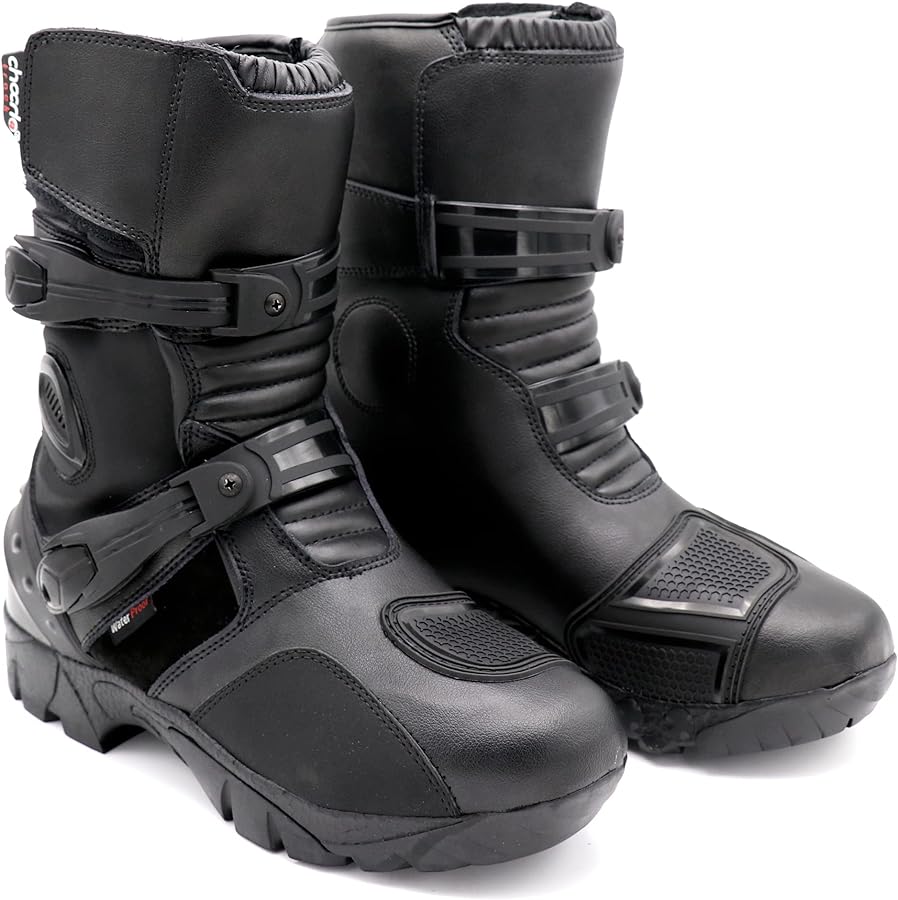
Why are motorcycle boots so expensive?
I. Specialized Materials and Construction
-
High-Quality Leather:
- Motorcycle boots are frequently crafted from high-quality leather, which offers durability, abrasion resistance, and protection. Premium leather is a costly material, and its use in motorcycle boots contributes to their higher price.
-
Reinforced Construction:
- Motorcycle boots often incorporate specialized construction techniques to enhance durability and protection. Reinforced toe caps, ankle support systems, and shank reinforcement are common features that require additional materials and craftsmanship, adding to the overall cost.
-
Safety Features:
- Motorcycle boots prioritize safety by including features such as impact-resistant armor, ankle stability systems, and slip-resistant outsoles. These features require additional materials, engineering, and testing to meet specific safety standards, contributing to the higher cost.
II. Advanced Technology and Design
-
Impact Resistance and Armor:
- Motorcycle boots may include integrated armor or impact-resistant panels, such as shin guards or ankle protectors. The development and incorporation of these advanced technologies contribute to the higher cost of manufacturing.
-
Ergonomic Design:
- Motorcycle boots are designed with rider comfort and functionality in mind. They often feature specialized shapes, multi-layered padding, and ergonomic footbeds to provide optimal comfort and reduce rider fatigue. These design elements require additional research, design work, and testing, increasing the overall cost.
-
Customizable Fit:
- Many motorcycle boots offer adjustable features, such as straps, buckles, or lacing systems, to achieve a customized fit and accommodate various foot shapes or calf sizes. Incorporating such customizable features entails additional production steps, resulting in a higher cost.
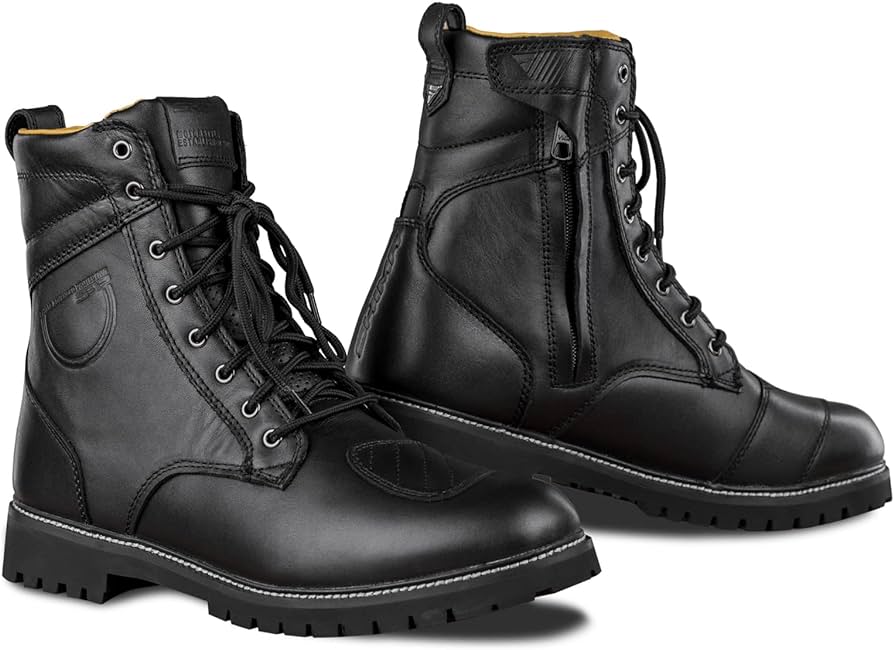
III. Stringent Testing and Certification
-
Safety Standards Compliance:
- Motorcycle boots often undergo stringent testing to ensure they meet or exceed safety standards set by organizations such as CE (Conformité Européene) or EN (European Norm) for motorcycle protective footwear. These certifications involve rigorous testing and quality control processes, leading to higher manufacturing costs.
-
Impact and Abrasion Resistance:
- Motorcycle boots are tested to ensure they can withstand impact and abrasion to offer optimal protection. This requires conducting impact tests using specific equipment and evaluating the durability of materials against abrasion. The associated testing and research contribute to the higher cost of producing motorcycle boots.
IV. Manufacturing Processes and Labor Costs
-
Handcrafted Construction:
- Many motorcycle boots are handcrafted to ensure meticulous attention to detail and quality craftsmanship. Handcrafting involves skilled labor, resulting in higher manufacturing costs compared to mass-produced boots that are machine-made.
-
Complex Manufacturing Techniques:
- The specialized construction of motorcycle boots, such as multi-layered padding, reinforced stitching, and complex assembly, requires skilled labor and greater attention to detail. These labor-intensive manufacturing processes increase production costs.
-
Limited Production Volumes:
- Unlike mass-produced boots that have large production volumes, motorcycle boots, especially those from niche or specialized brands, are often produced in smaller quantities. The lower production volumes result in higher production costs per unit, as the expenses are distributed across a smaller number of boots.
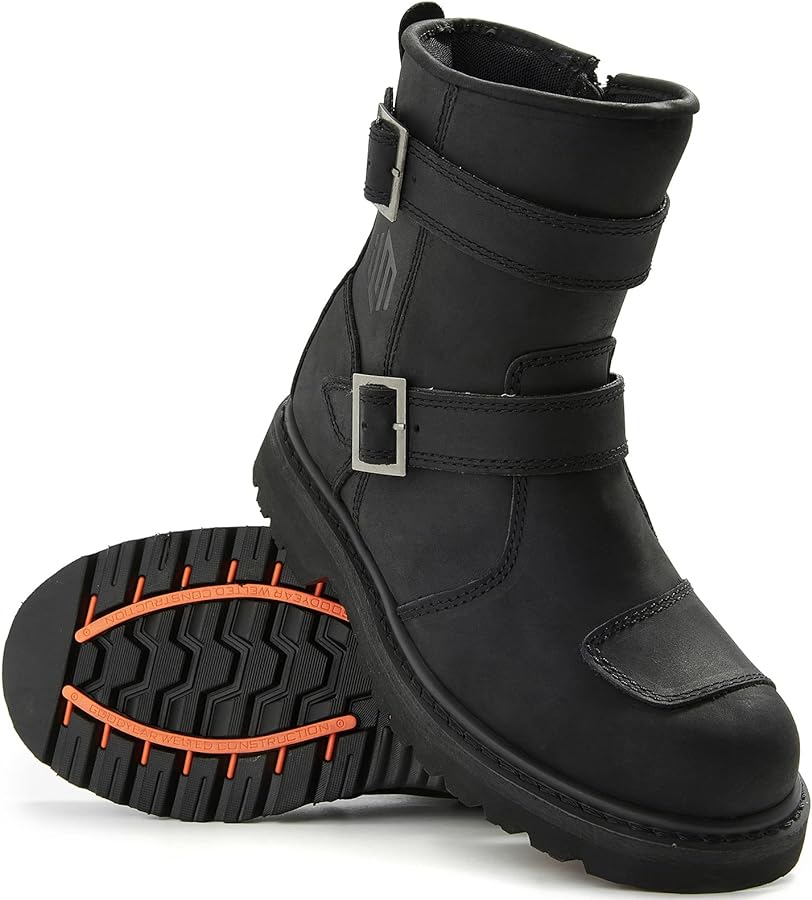
V. Brand Reputation and Marketing
-
Branding and Marketing Expenses:
- Established motorcycle boot brands often invest heavily in marketing, advertising, and brand promotion efforts to build awareness and maintain their reputation. These expenses, including endorsements, sponsorships, and advertising campaigns, contribute to the overall cost of the boots.
-
Research and Development:
- Renowned motorcycle boot brands invest in extensive research and development to continuously enhance their products. This includes exploring new materials, technologies, and design innovations, which leads to higher costs that are reflected in the final price of the boots.
VI. Overall Quality and Durability
-
Longevity and Durability:
- Motorcycle boots are designed to withstand the rigors of motorcycle riding, offering exceptional longevity and durability. The use of high-quality materials and advanced manufacturing techniques ensures that these boots can handle various environmental conditions and provide optimal protection for an extended period. This enhanced longevity contributes to the perceived value and justifies the higher cost.
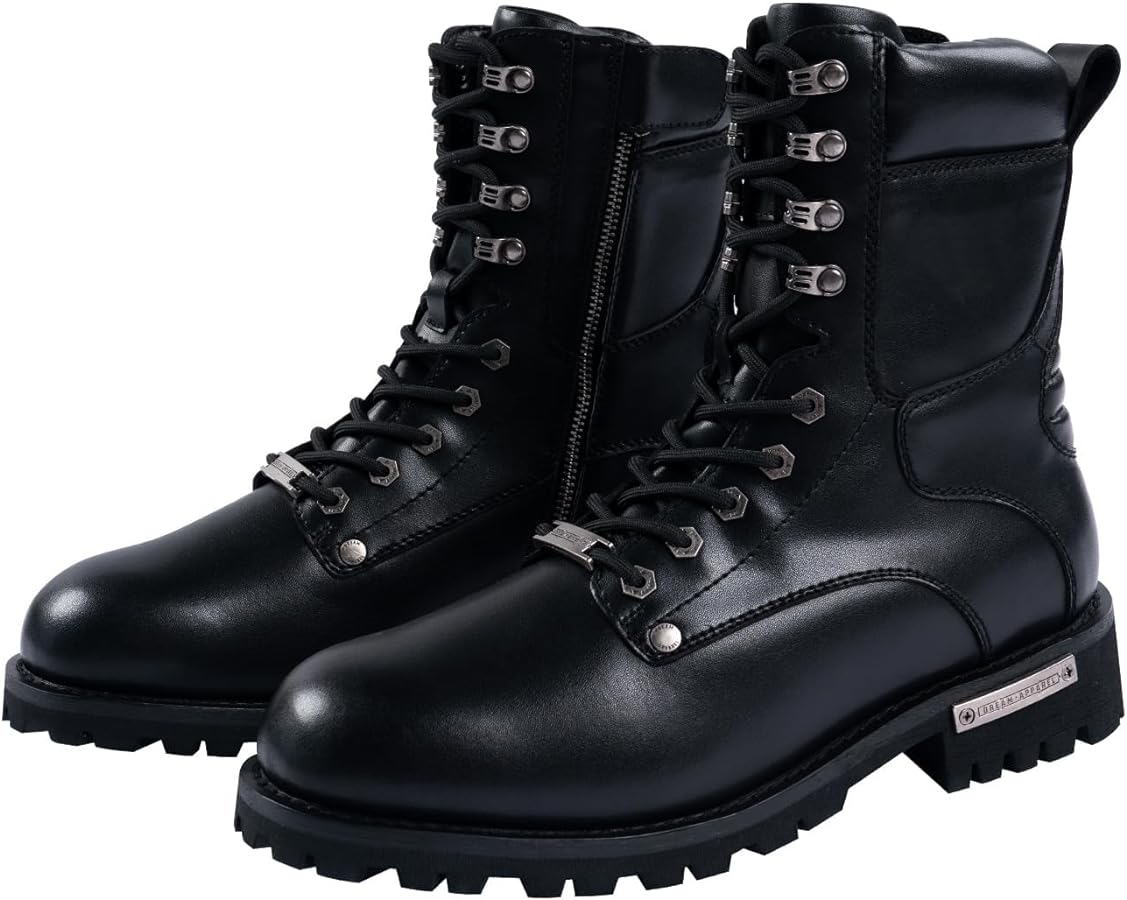
VIII. Considering Alternatives and Budget Constraints
-
Mid-Range and Entry-Level Options:
- Motorcycle boots come in a range of price points, including mid-range and entry-level options that offer certain safety features and functionality at a more affordable price. While these boots may not have all the advanced features and high-end materials of more expensive options, they still provide adequate protection and durability within a limited budget.
-
Regular Boots with Protective Features:
- For riders on a budget or those who prioritize style and versatility, regular boots with certain protective features can be a viable alternative. Look for regular boots that offer reinforced toe caps, ankle support, and slip-resistant outsoles. While not specifically designed for motorcycle use, these boots can provide some level of protection at a lower cost.
-
Second-Hand or Pre-Owned Boots:
- Consider purchasing pre-owned or second-hand motorcycle boots. Be certain to assess the condition, check for any necessary repairs, and ensure proper fit before making a purchase. This option allows riders to potentially acquire high-quality motorcycle boots at a more affordable price.
IX. Maintaining Motorcycle Boots for Longevity
-
Proper Cleaning and Care:
- To maximize the lifespan of motorcycle boots, follow the manufacturer’s cleaning and care instructions. Regularly clean off dirt and debris, use appropriate leather conditioners, and apply waterproofing treatments as needed. By properly maintaining the boots, you can extend their durability and functionality.
-
Storage and Protection:
- Store motorcycle boots in a cool and dry environment away from direct sunlight. Use boot trees or stuffing to maintain their shape and prevent creasing. Storing the boots properly helps prevent damage and ensures they remain in good condition for years to come.

VII. Conclusion: The Worth of Motorcycle Boot Investment
The higher cost of motorcycle boots can be attributed to several factors, including specialized materials, advanced features, rigorous testing, labor-intensive manufacturing processes, branding, and durability. These factors collectively contribute to the quality, performance, and protection offered by motorcycle boots, highlighting their value for motorcycle riders.
While motorcycle boots may have a higher initial price compared to regular boots, their specialized design, safety features, and longevity make them a preferred choice for riders seeking enhanced protection and functionality. Investing in high-quality motorcycle boots ensures the longevity of the footwear and provides peace of mind during motorcycle rides.
Ultimately, the decision to invest in motorcycle boots depends on individual preferences, riding needs, and budget considerations. By understanding the factors that contribute to the higher cost of motorcycle boots, riders can make an informed decision that aligns with their priorities and ensures optimal safety and performance on the road.

